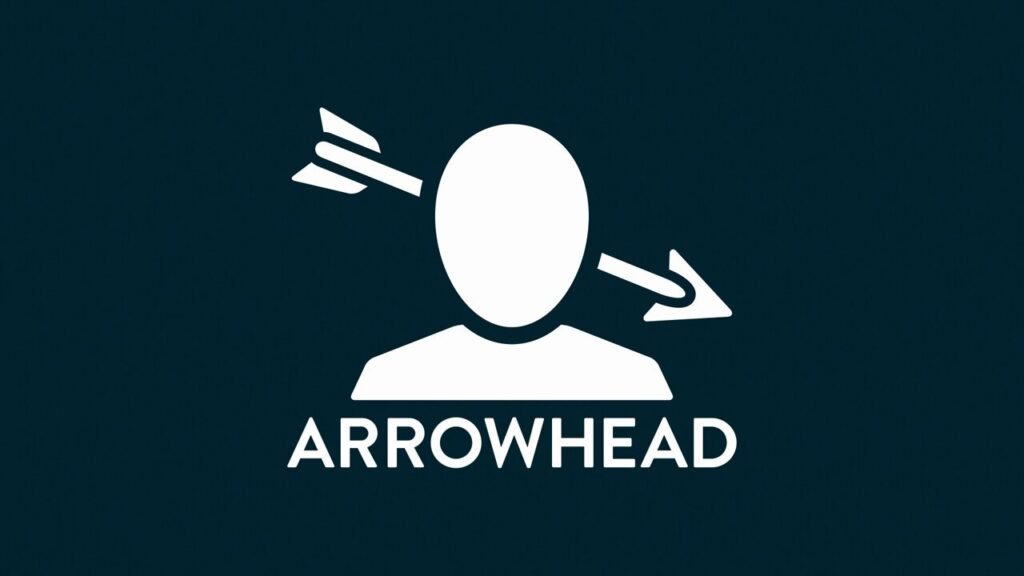Helldivers 2 runs on Autodesk Stingray, an engine that’s been officially dead since January 2018. Arrowhead started development around 2016, so they spent roughly six years building a massive live-service game on technology that had zero official support.
About a year ago, one diver laid out the timeline in brutal detail:
Thirteen months later, that warning about “the code unraveling at the seams” reads as almost prophetic. Performance crashes, FPS tanking, bot-specific game freezing, audio bugs that make squids sound like malfunctioning blenders, and file sizes bloating past 150 GB on PC. Arrowhead’s damage control never seems to stop.
But saying Stingray is the root of all evil here misses a lot of what actually happened behind the scenes at this Swedish studio.
Why Abandoning Stingray Was Easier Said Than Done for Arrowhead
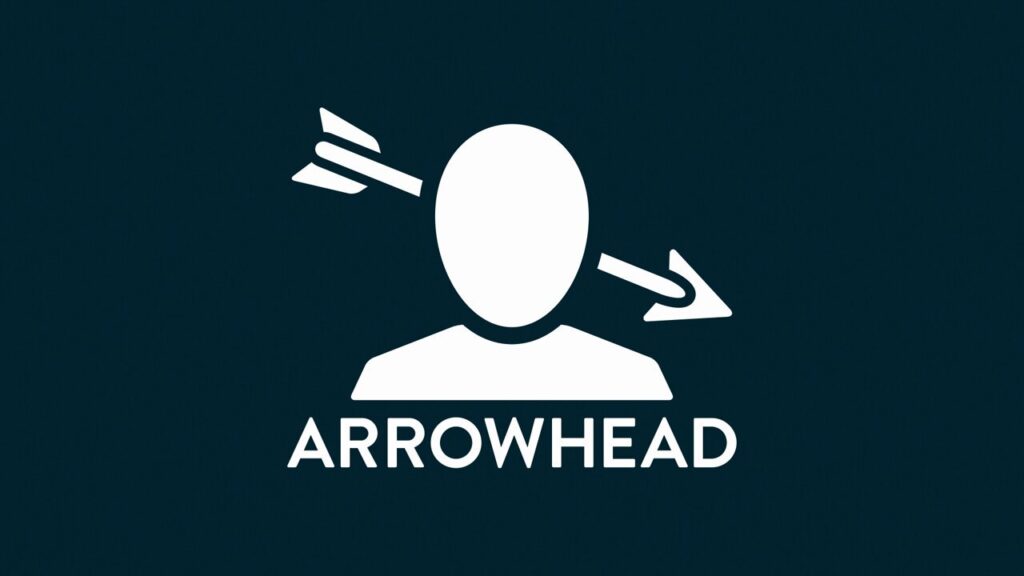
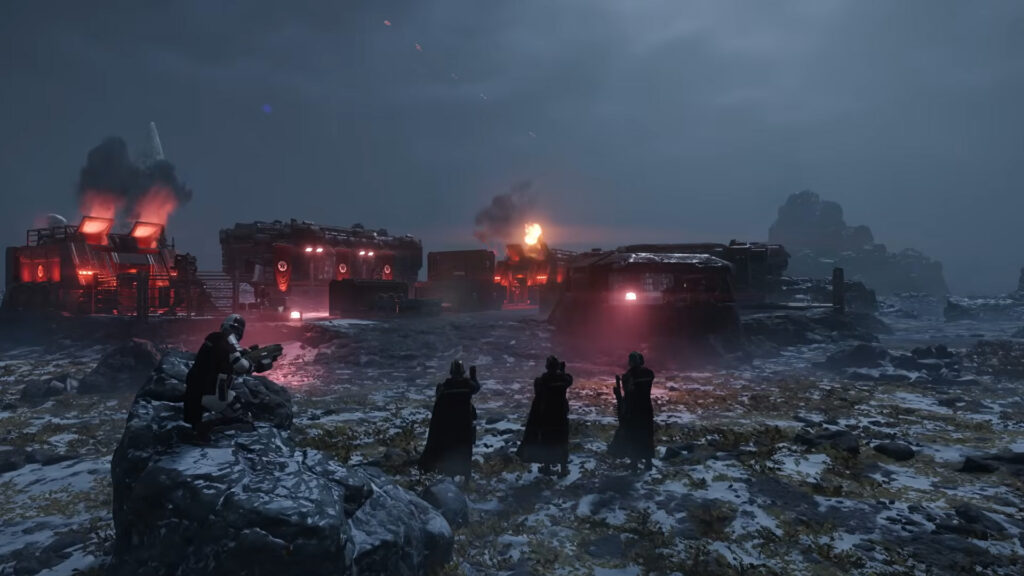
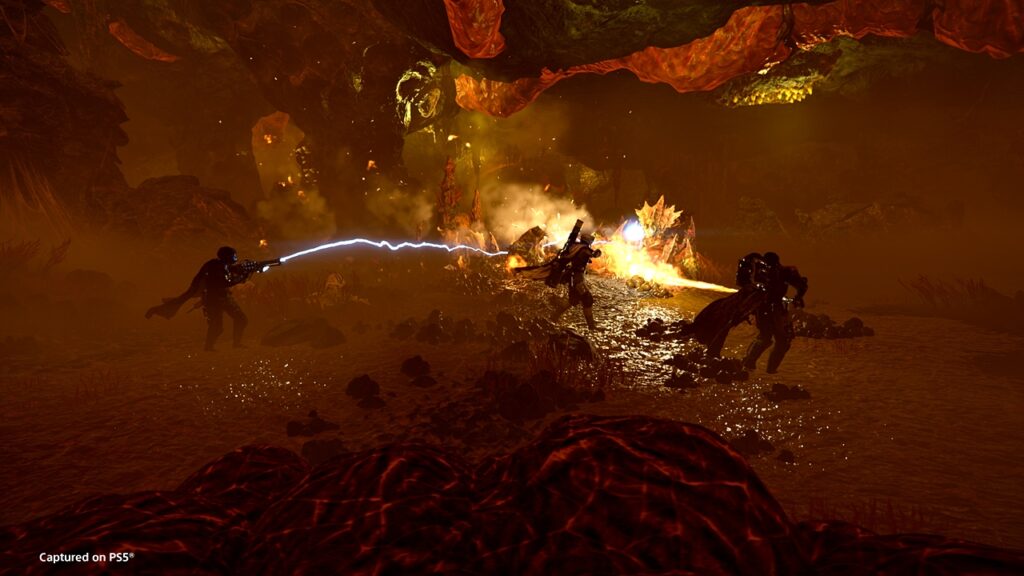
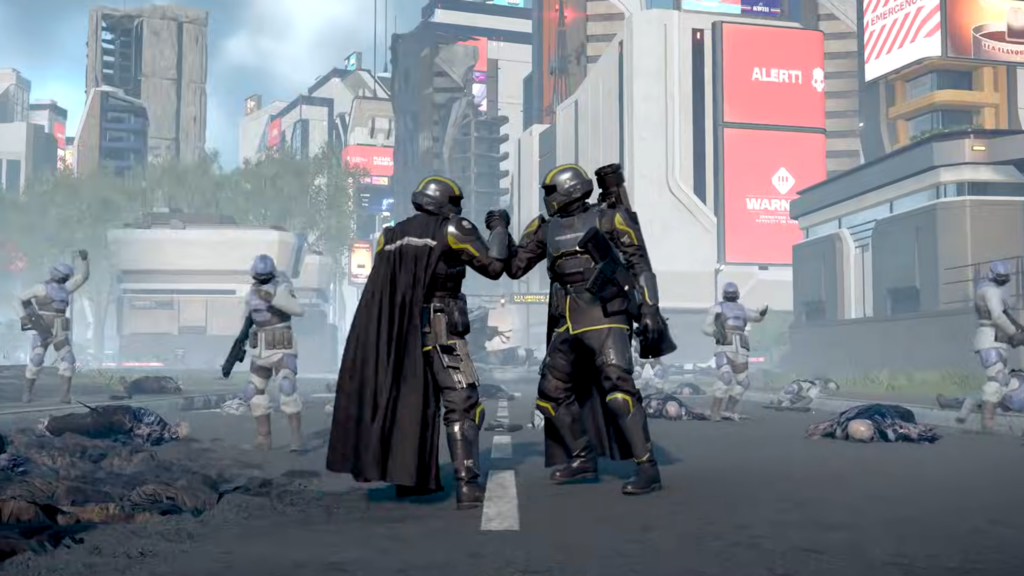
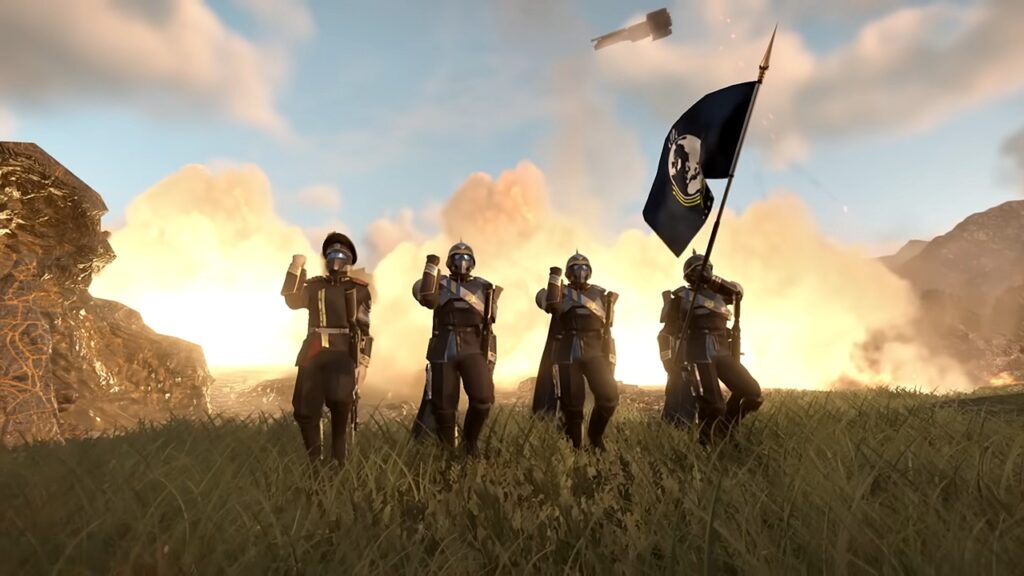
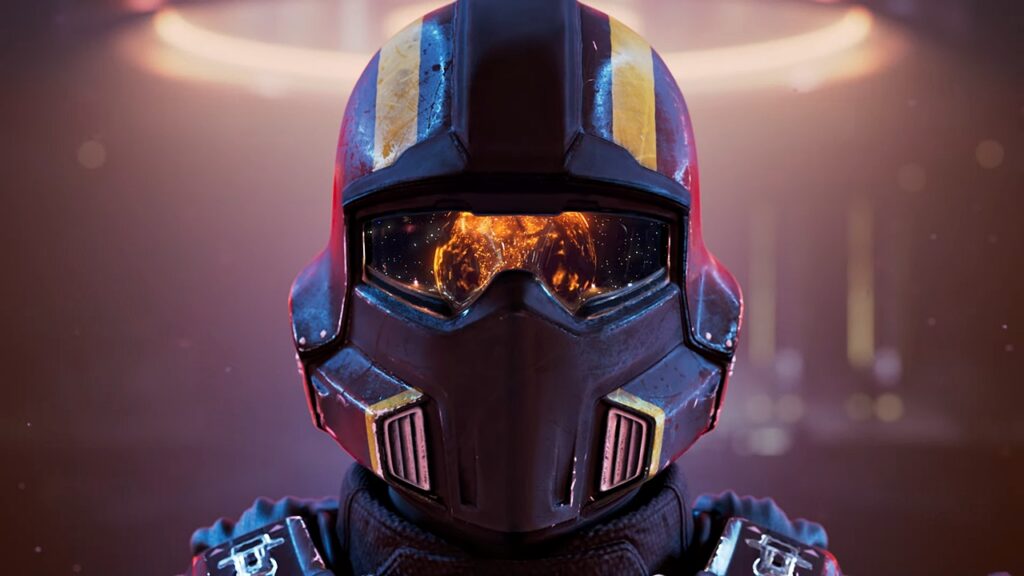
Bitsquid is the engine that came together in 2009 when Niklas Frykholm and Tobias Persson left a collapsing Swedish studio called Grin. They built a lean, flexible engine specifically for smaller European developers who couldn’t afford Unreal licensing. Fatshark grabbed it early. So did Arrowhead, using it for The Showdown Effect in 2013, then Gauntlet in 2014, then the first Helldivers
Autodesk bought Bitsquid in June 2014 and renamed it Stingray. They tried competing with Unity and Unreal for four years before admitting defeat. In December 2017, they announced the shutdown. Sales ended January 7, 2018. By that point, Helldivers 2 was two years into development already.
Here’s where people yelling “just switch engines lol” miss the point, though. Arrowhead had spent over a decade with this codebase. Every single engineer knew exactly how Stingray behaved, where its quirks lived, and how to squeeze performance out of weird situations.
Switching to Unreal or Unity mid-development would’ve meant throwing away all that expertise and spending two years minimum just getting back to baseline functionality.
Then there’s also this weird Ship of Theseus thing happening. After six years of custom code, custom tools, custom everything, is this even Stingray anymore? Arrowhead‘s engineers have been maintaining a dead engine with zero official support for longer than Autodesk actually supported it. Credit where credit’s due, because that takes serious skill.
Would Unreal Engine 5 Have Actually Solved Anything?
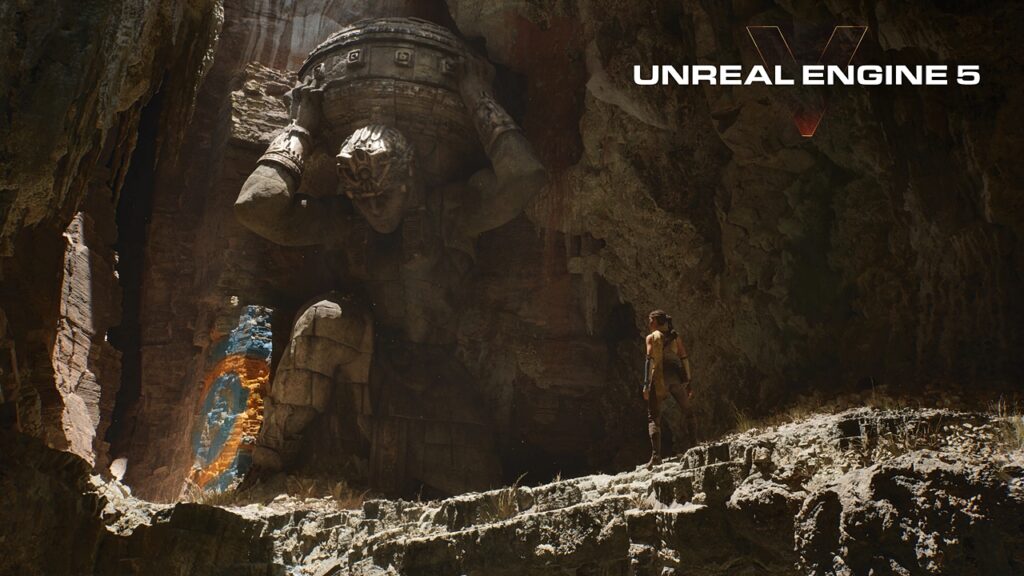
The alternate timeline fantasies always assume a clean switch would’ve magically solved everything. Learning a completely new engine from scratch kills productivity for months, maybe a year.
Your senior engineers are suddenly googling “how to do basic lighting in Unreal” while deadlines pile up and Sony’s production executives start asking uncomfortable questions about why nothing’s working yet.
Exactly. Congratulations on the Unreal 5 build. Hope you enjoy shader compilation stutters every time you turn around, Lumen tanking your framerate whenever fog rolls in, and PSO caching issues that make loading times longer than an actual Super Helldive mission. Every major UE5 game in 2024 and 2025 has fought these problems. Some solved them. Many didn’t.
All in all, switching engines doesn’t guarantee anything works better. You’re trading Stingray’s specific limitations for Unreal’s completely different set of limitations. Maybe Unreal‘s problems are easier to solve because Stack Overflow has 50,000 answers instead of zero. Maybe they’re not.
But pretending there was some obvious moment where Arrowhead should have just switched engines ignores how game development actually happens in the real world. Sometimes you’re stuck with the tools you know because the alternative is burning years of work and praying the grass really is greener.
What do you think? Was sticking with Stingray the right call, or should Arrowhead have taken the hit and switched? Let us know in the comments.

